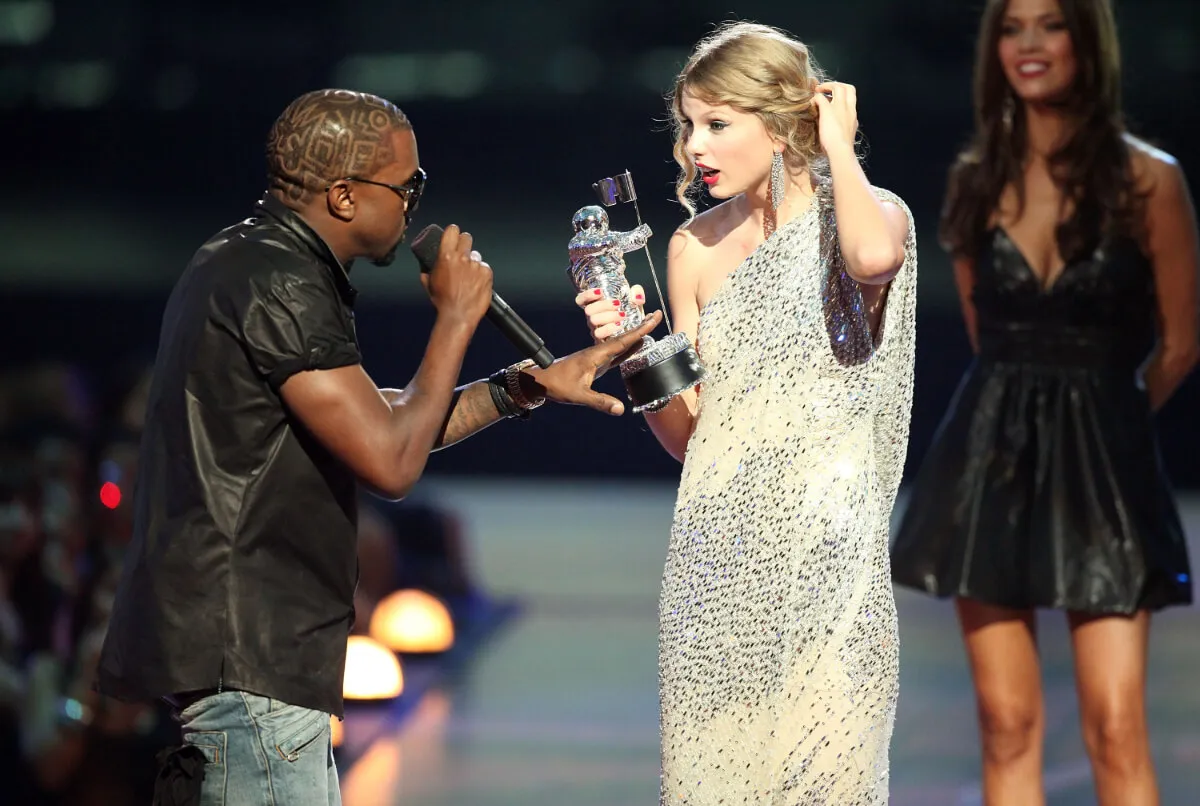‘Fear Street’: Here’s How Guillermo del Toro Influenced the Netflix Horror Trilogy
Fear Street is all about the little details. When creating the Netflix slasher trilogy, director Leigh Janiak made sure to incorporate plenty of nods to Fear Street‘s many influences and inspirations, from R.L. Stine’s book series to classic horror films like Scream. She even gave a shout-out in the film credits to one famous fantasy horror director: Guillermo del Toro.
As it turns out, one of the trilogy’s most unifying elements came straight from del Toro’s mind. What did he contribute to Fear Street?

What is Guillermo del Toro known for?
Fans of the fantasy genre may recognize del Toro for his work on Academy Award-winning films like Pan’s Labyrinth (2006) and The Shape of Water (2017). He’s also produced and written for films like The Orphanage (2007) and Don’t Be Afraid of the Dark (2010). Fans of the children’s horror book series Scary Stories to Tell in the Dark may also recognize del Toro for his 2019 film adaptation of the same name.
Over the years, del Toro has become an icon in the horror genre for his dark and grotesque spin on fairy tales and other fantasy elements. For example, his upcoming film Pinocchio will be “a darker version of the classic children’s fairy tale of a wooden puppet that transforms into a real living boy,” according to IMDb.
In 2019, del Toro explained at the Tribeca Film Festival that he loves doing movies where “the premise is so absolutely bonkers.”
“Everything I’ve done, even the most commercially viable ones, they have some weirdness in them,” he said, according to The Hollywood Reporter. “When you’re on a set, and you’ve absorbed 100 years of cinema, your first instinct, the regular instinct, is the wrong instinct. You have to say, ‘OK, that is the way it would normally happen in a movie. What can we do that is different?’ And you stop yourself. You have to stop yourself. The older you get, the more you want to go different.”
The flies in ‘Fear Street’ were named after Guillermo del Toro
Eagle-eyed Fear Street viewers may have noticed the flies that seemed to swarm around the Shadyside killers every time they appeared. Janiak explained to Moviefone that she added those flies at del Toro’s suggestion.
“Guillermo was so kind and watched early cuts of the first and second movie. I hadn’t yet done a director’s cut of the third movie,” she revealed. “It was funny because he was like, ‘I feel like you need this unifying thing you see every time you see the killers.’ We had played around with versions of what that could be in prep and in development.”
At first, the flies only appeared in Fear Street Part 3: 1666 to represent “the rot of the world,” according to Janiak. However, del Toro suggested adding a motif for all three films that tied the Shadyside killers together, especially given the time gaps between their crimes. Thus, the CGI flies were born.
Giving credit where it was due, Janiak then decided to name a fly after del Toro. She named the other flies after visual effects team members Paul and Christina.
“He gave us this brilliant idea and is fully responsible for introducing that idea. So I thought it would be cool to name the fly after him,” Janiak said.
‘Fear Street’ took inspiration from classic horror
The Fear Street trilogy had many horror tropes and classic elements present. Janiak revealed that she took inspiration from several ’80s and ’90s horror films in order to properly pay homage to those eras. For Part 3: 1666, she even looked back on classic Puritan-themed films like The Crucible and The Witch.
“I wanted to still make it feel like a ’70s movie and kind of straddle that Halloween and Texas Chainsaw Massacre vibe while still looking to great ’80s movies like Friday the 13th,” Janiak told IndieWire of Part 1: 1994 and Part 2: 1978. “It was really about that, about being able to position in these two different types of slasher movies.”


